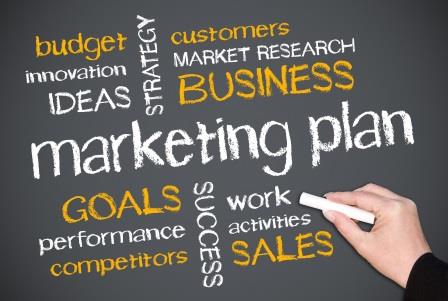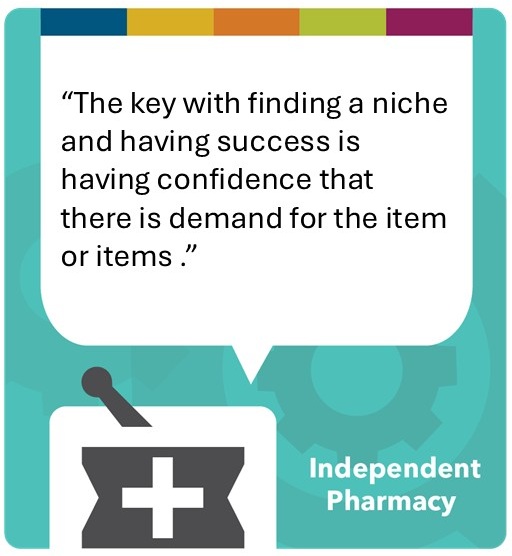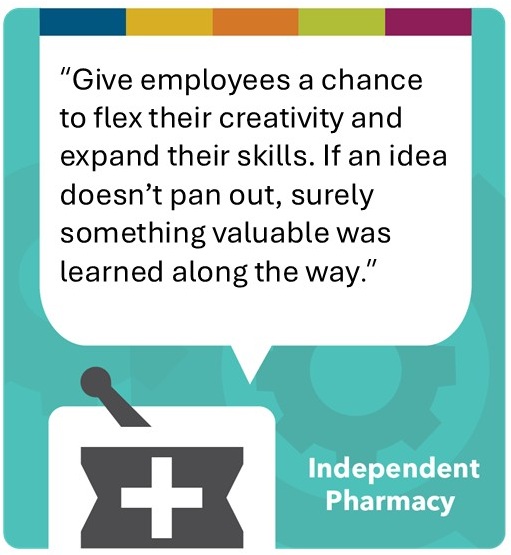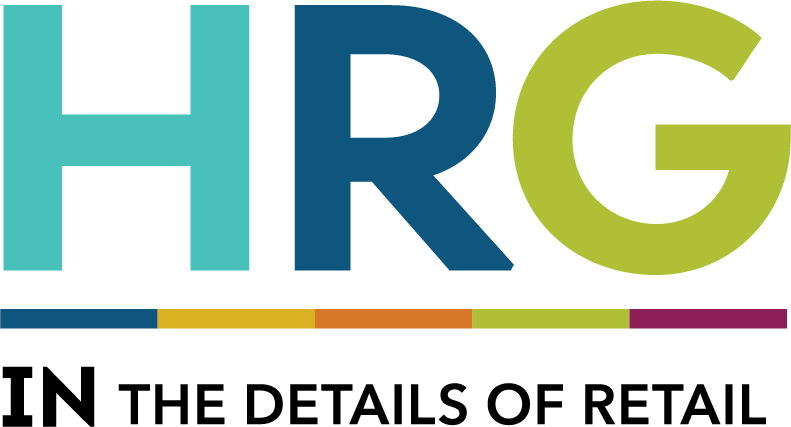Monthly Retailer Category Tips — Sun Care

by Tara Kaifesh, category analyst, part of Monthly Retailer Category Tips Sun care isn’t just for summer, it’s a necessity all year. Update your department with a focus on educating your customers of the importance of year-round sun protection. Want to encourage add-on sales in your sun care department and boost your profits? Check out […]
Monthly Retailer Category Tips — Incontinence and Nicotine Replacement Therapy

by Noah Rosenthal, category analyst, and Holly Ockelmann, National Account Analyst, part of Monthly Retailer Category Tips Read on for ideas to update and refresh these important departments which offer products that can positively impact your patients’ health. Medications, surgeries, and injections can help curb incontinence, however, they may be too costly for seniors, caregivers, […]
Ideas for Cross-selling Merchandise: Foot Care

Part of the Ideas for Cross-selling Merchandise infographics series
Monthly Retailer Category Tips — Pain Relief and Weight Management & Nutritional Foods

Between new products to consider adding to your assortment, to keeping on top of trends affecting the pain relief and weight management & nutritional foods categories, there are ample opportunities to update these departments and offer your customers new options for relief. There are a number of products launching to support side effects of GLP-1 […]
Develop a marketing plan for your independent pharmacy

By Megan Moyer, corporate marketing manager for the Profits in the Front End blog series A marketing plan is an important part of business planning. It maps out promotions, messaging, events, target market, and more. Dedicating the time to develop a plan is worthwhile because it provides direction for staff and guidance on where […]
Monthly Retailer Category Tips — Diabetes Management and Home Diagnostics & Patient Aids for Daily Living
by Kyle Lentz, category analyst, and Cat Renwick, category analyst, part of Monthly Retailer Category Tips Update your assortment with diabetes management and home diagnostics & patient aids for daily living items that are new to market or those that offer customers an affordable alternative. There were a handful of products from the diabetes management and home […]
Put smiles in the aisles

By Megan Moyer, corporate marketing manager, for the “Profits in the front end” blog series There are many practical things you can do to provide a pleasant shopping experience – right products at the right price in the right place – merchandising principles that we live and breathe. But the truth is, a shopping trip can […]
Develop a market niche

By Megan Moyer, corporate marketing manager, for the “Profits in the front end” blog series Competitive pressures rarely take a back seat. As an independent operator, you have an inherent advantage in your flexibility to make changes as you see fit, without having to “run it up the ladder” or build your case to convince […]
Monthly Retailer Category Tips — Digestive Health

by Tara Kaifesh, category analyst, part of Monthly Retailer Category Tips Check that your digestive health department is well stocked with products designed to help patients suffering side effects from medications and to spotlight innovative new items in the category like those listed in the table below. The gut is the largest immune system organ, containing up […]
Invite your staff to implement their ideas

By Megan Moyer, corporate marketing manager, for the “Profits in the front end” blog series Getting your staff involved in generating and implementing ideas for your store is a great way to get them invested in the success of the store and empower them to think creatively to find ways to build the business, […]
